The Pug is a popular small breed dog the world over. One of the oldest breeds (they date back 2,000 years!), these adorable little dogs are prized for their appearance and personality. With their motto, multum in parvo, which means “much in little” in Latin, Pugs manage excessive charm in just 20 pounds. From loyal lapdogs to today’s internet sensations (no one can resist cute pug photos!), Pugs are great canine companions.
Pugs in History
China
Developed in China in 400 B.C. by the emperors, Pug Dogs were refined pets for the imperial court. They were revered as royal treasures. Outsiders only received them as gifts. The distinct wrinkles resembled the Chinese character for “good luck.” Any dog with the character for “prince” instead was considered particularly special.
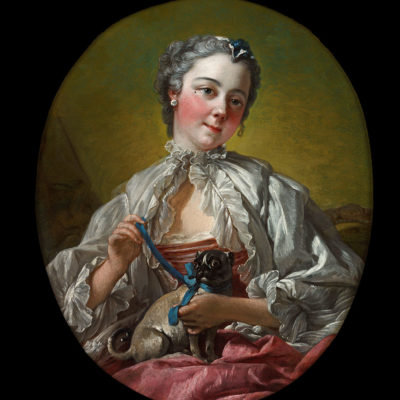
Europe
In the 1500s, several Pugs made their way to Europe with Dutch traders. By 1572, the Dutch were in the middle of the Eighty Years’ War with the Spanish. Enter Pompey, a Pug owned by Prince William I of Orange. Legend has it Pompey woke the Prince as Spanish assassins approached his tent. As a reward, the Pug became the official mascot of the House of Orange. Pompey even adorns the tomb of Prince William I.
Before marrying Napoleon, Josephine was incarcerated at Les Carmes prison. The only visitor allowed? Her Pug, Fortuné. She concealed messages to her family in Fortuné’s collar! Fortuné was definitely spoiled. Instead of a dog bed, she slept on Josephine’s bed. When Napoleon approached the bed for the first time following their marriage, Fortuné bit him. (Ouch!)
In contrast to Queen Elizabeth II and her love for Corgis, Queen Victoria had a penchant for Pugs. She loved them so much, she enacted a ban on ear cropping. She wanted owners to enjoy those soft-as-velvet ears.
Pug Breed Description
Many believe Pugs are descended from Mastiffs. Their square, stocky bodies support that theory. They have round heads with big, sparkly eyes amid all of those precious wrinkles. Is it any wonder we love them?!

The Pug has a short, double coat. Despite being short, they’re PROFUSE shedders. If you’re considering a Pug breed, make sure you have a good vacuum! All of that hair is also NOT hypoallergenic. If you have allergies, this isn’t the breed for you.
Pugs are a brachycephalic breed, which means they have a flat-faced appearance. They have very shortened snouts and compressed airways. This puts them at risk in high temperatures. They literally can’t pant enough to regulate their body temperature. They are also prone to brachycephalic airway obstructive syndrome. This is where the design of their skull and internal structures interferes with their ability to breathe.
Pug Temperament
Hearkening back to their royal pedigree, Pugs are low-maintenance and quiet little canines. They’re great for apartments, country living, and everything in-between. They like their nap time (up to 14 hours a day), and they’ll snooze in your lap. Just be prepared — they SNORE!
The Pug’s activity consists of short bursts at a time. If you want a jogging companion, the Pug is NOT the right dog breed for you. Puppies are more active, but even they run out of steam quickly. Fetch usually isn’t in their repertoire.
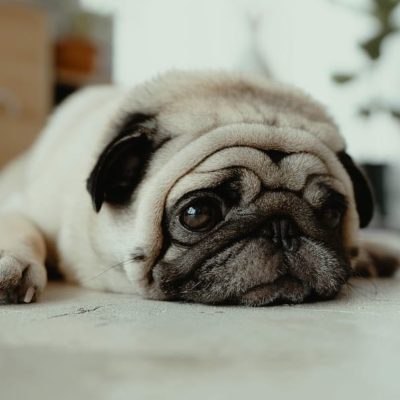
Pugs can be stubborn in the training department. Some take months to housebreak. And if it’s raining outside? Forget it – they HATE rain! While this canine is very food motivated, they’re also prone to obesity. You’ll need to balance treats with exercise to keep them trim. Also, keep an eye around the house for all possible edibles (and even non-edibles).
If you’re hoping for a guard dog, this little charmer isn’t a good choice. While a Pug will bark at any newcomer to the house, they’ll then proceed to greet them and show them around. (Probably not what you had in mind)
This is one of the small breeds that adores children. Even better, the sturdy Pug can keep up with kids without a problem. Just make sure your kids know the dog will wear out before they do!
Pug Personality
“Personality” doesn’t seem like a big enough word to describe these charming little dogs. Pugs are delightful clowns, and they will go out of their way to entertain you. They have great senses of humor. If they don’t get sufficient exercise, they’ll turn into goofballs and put on a show.
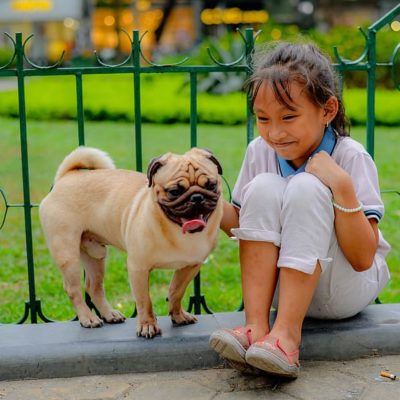
Pugs were companions from the beginning, so don’t be surprised by your new shadow. They want to be with you all the time. If you work long hours or don’t want them underfoot, this breed isn’t a good match. Lonely Pugs develop behavioral problems. There is nothing sadder than a heartsick dog!
Pugs and Health Concerns
Pugs rank high on the list for health problems. Considering this breed? Prepare for frequent vet visits. Pet insurance is going to be your best friend.
As their eyes bulge, these little canines are at risk for a host of ocular issues. One of the biggest concerns is proptosis. This occurs when the eye dislodges from the socket. It can be corrected, but prevention is better. Make sure your pug wears a harness instead of a collar and discourage rough play.
All of those adorable wrinkles give Pugs their distinct appearance. Unhappily, those wrinkles trap dirt. Dirty wrinkles lead to skin fold dermatitis. This is an infection that irritates the skin.
The Pug skull isn’t shaped like a normal dog. As such, they are prone to dental issues. They suffer from crowded teeth. Make sure you brush your dog’s teeth regularly. Even so, your canine will need frequent dental visits for professional cleanings.
Little Dog, Big Heart
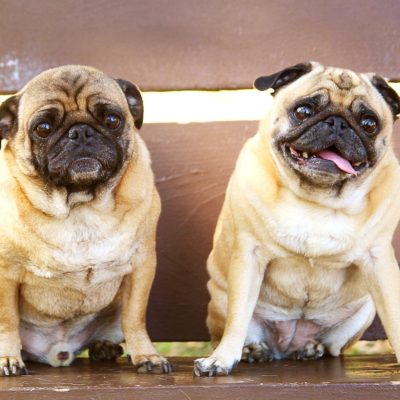
If you want a small dog with a big personality, you can’t go wrong with these wrinkly dogs. Their regal history designed them as the ultimate lapdog. They can’t wait to spend time socializing with you! Just keep them out of the heat. It’s also a good idea to have pet insurance and a good relationship with your vet.
With all of those wrinkles, though, they’re hard to resist!


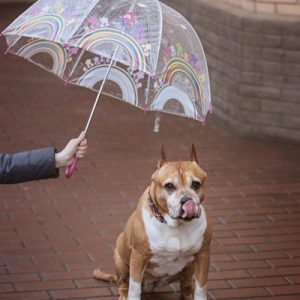
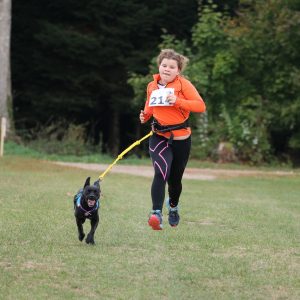
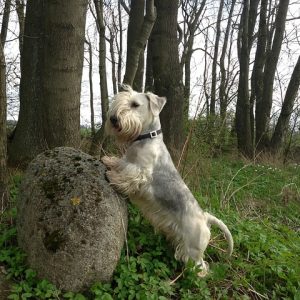
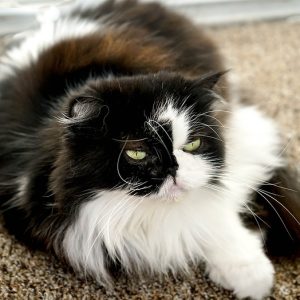

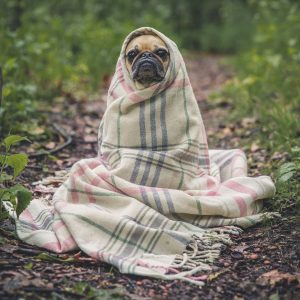

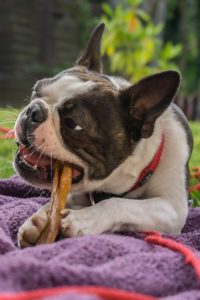
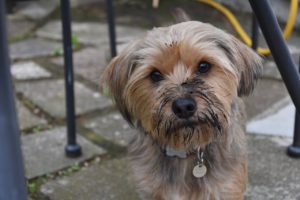
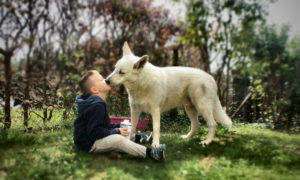
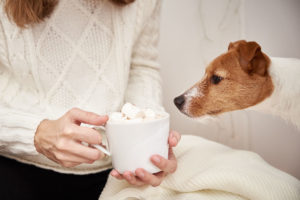
No comment yet, add your voice below!